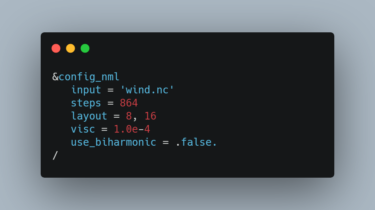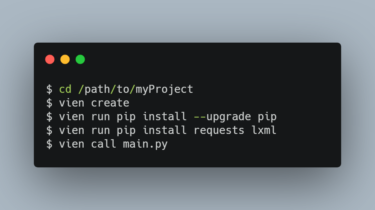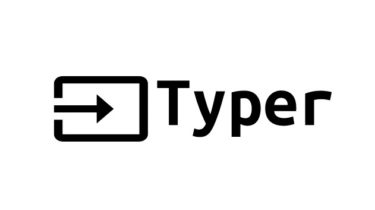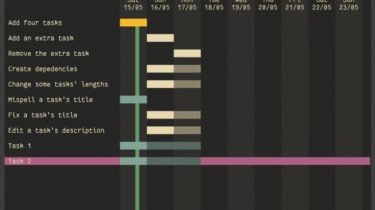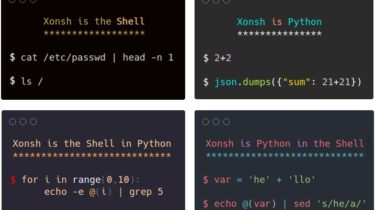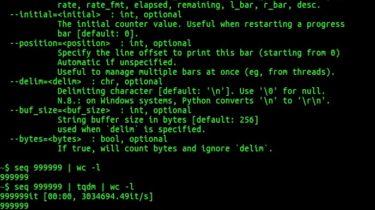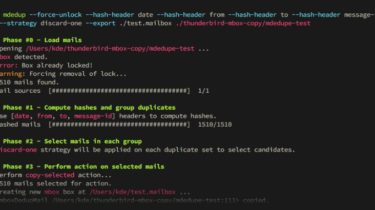Python CLI tool to get public information from a GitHub account
Gitter Gitter is a open-source project created to easily uses the Github’s API to get public informations from a Github’s Account. ⚙️ Set-up A quick guide of how to install and use Juumla. 1. Clone the repository with git clone https://github.com/oppsec/Gitter.git 2. Install the python libraries with pip install -r requirements.txt 3. Run Gitter with python or python3 main.py ☁ Pre-requistes 🔨 Contributing A quick guide of how to contribute with the project. 1. Create a fork from Gitter repository. […]
Read more
